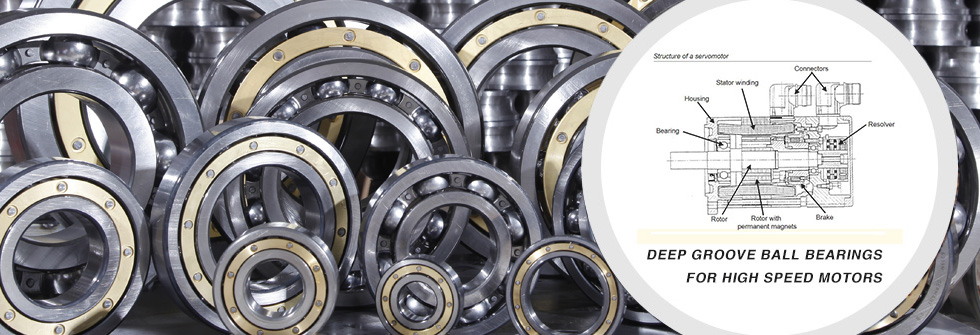Bearing Shield / Seal Fundamentals
2015-08-14Questions regarding the use of shields and seals in electric motor bearings often arise among lubrication technicians. Here are some shield/seal basics that every lube technician should know:
Bearing shields help bearings retain grease and prevent large particles and contaminants from entering bearing cavities. Because shields do not make contact with the bearing inner ring, however, they cannot protect bearings from small, finely ground particles or from liquid contaminants, including water.
In high-contaminant applications, many users install sealed electric motor bearings. Unlike shields, bearing seals contact the bearing inner ring, preventing the entry of a wide range of contaminants, including liquids and small particles. But this seal-inner ring contact creates friction during operation and can potentially increase bearing operating temperatures. Consequently, sealed electric motor bearings are rated for lower speeds than shielded electric motor bearings.
Both sealed and shielded electric motor bearings are normally considered lubed for life. In other words, the life expectancy of these motor bearings is dependent on the life expectancy of their lubrication. Motor bearings without seals or shields, on the other hand, are usually designed to be relubricated.
When changing out sealed or shielded electric motor bearings, use similar replacements. Replace a shielded motor bearing with another shielded bearing of the same size and design; likewise, replace a sealed motor bearing with an identical sealed motor bearing. In high-contaminant environments or problem applications, technicians can consider replacing a shielded motor bearing with a sealed motor bearing for better protection against a wider range of contaminants. But as indicated above, this will usually require reductions in motor speed. Consult with the bearing manufacturer or electric motor OEM before changing components.











